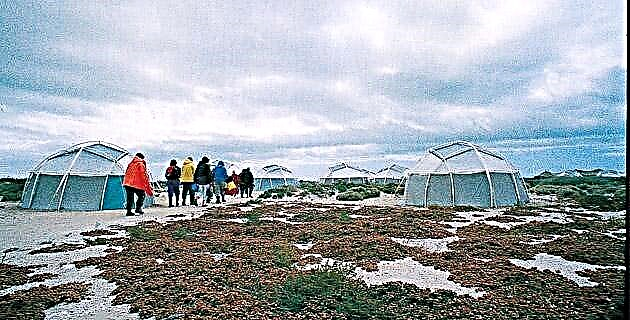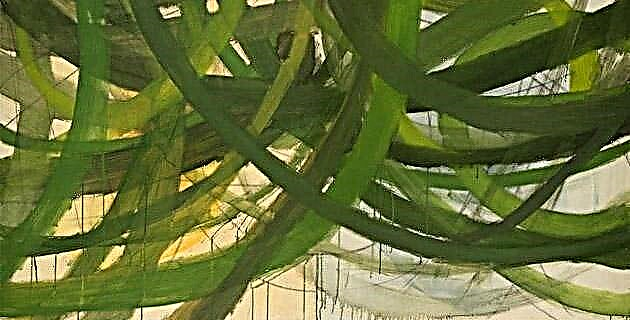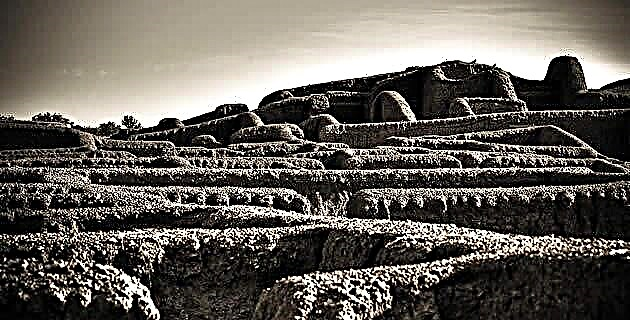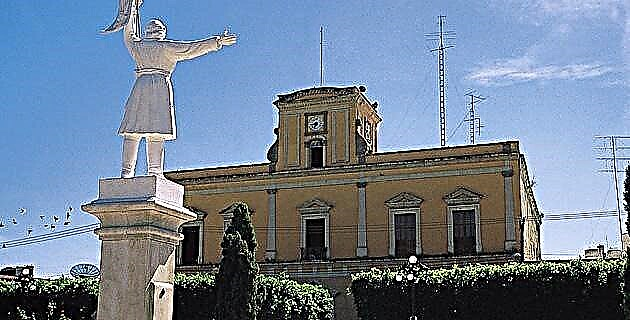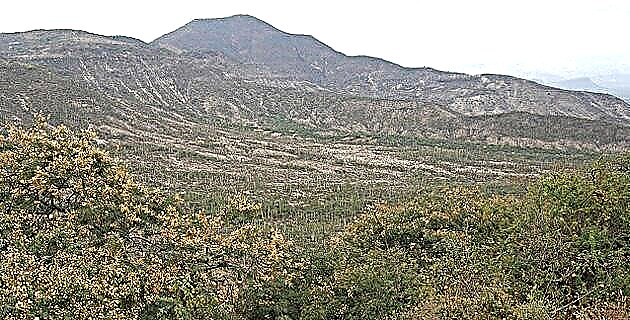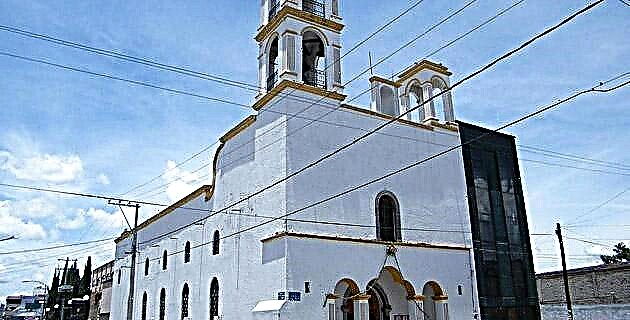
Nearly 300 years must have passed after his death (in 1695) for us to enjoy this book, the selection and transcription of which were made by Sor Juana Inés de la Cruz, the glory of New Spain's talent.
Thanks to the interest of the scholar don Joaquin Cortina and to the doctor Jorge Gurría Lacroix important documentary materials were rescued and retained for Mexico, one of them the one that concerns us. We receive it on loan for your side study Josefina Muriel and who this writes.
Naturally we were passionate about its study, and even though its reading did not present any problem, we did the paleography and achieved its careful publication, of classic design in the same booklet format that the original presents. This book did Sor Juana "At his expense" as the classics would say.
A prologue by Dr. Muriel and an epilogue of my authorship were added to the transcript, which by the way I dedicated to my teachers Mona and Felipe Teixidor, wise men and gourmets. Dr. Muriel tells us in her text:
“The personal experience of the distinguished nun has been declared by herself in her Response to Sister Filotea, saying“ Well, what could I tell you, Lady, about the natural secrets that I have discovered while cooking? See that an egg joins and fries in the butter or oil and, on the contrary, breaks apart in the syrup; see that for the sugar to remain fluid it is enough to add a very small part of the water in which the quince or other sour fruit has been; see that the yolk and white of the same egg are so opposite, that in some, which are used for sugar, each one serves by itself and not together. "
She also tells us about the culinary observations that lead Sor Juana to meditations on experimental physics, but at the same time show us her familiarity with cooking.
That is to say, the preparation of the various dishes is not alien to him, but his thoughts do not stay with them. The simplest of gastronomic actions elevates it to that "second consideration" of things, which is philosophical reflection. She is a woman of her time, so with evident and mocking humility she says: "But, Madam, what can women know but philosophies of cooking?"
Sor Juana dedicates the book to one of her sisters, in a sonnet (certainly not one of the best) that begins:
"Flattened, oh sister of my self-love." I conceptualize myself forming this writing of Cook Book and what madness! finish it, and then I saw how badly I copy.
In my epilogue, “Philosophy of kitchens”, I analyze the cookbook like this:
The closure is broken, somehow Sor Juana inherits us a vision of her mestizo world, belonging to that Spanish Empire that united America made with blows of the sword and prayers.
A mestizo world in which the European presence is given not only by “Portuguese cocks”, but also by “gigotes” (from the French gigot “thigh”), whose original dishes of both capon breasts or veal legs ended up being generic cut meat in small pieces. A mestizo world in which Hispanics transported the Roman “globulus” among a thousand contributions, the “puñuelos” made with a closed fist, covered with honeys for Mozarabic tastes and contemporary delight, turned into tasty buñuelos. A world in which the British “puddings” stripped of their prosopopoeia, become the spinach, piglet or quelite purines.
And the Turk, the classic enemy of Christendom, will be remembered for the excessive use of pine nuts, walnuts, raisins and acitrons, mixed with corn, rice, meat, and molded just as the natives imagined that the Turks would mold their bonnets. ; but ignorant of the origin of the "pilaf" that beats in the rice cake and in the alfajores.
The world is sweet par excellence, all its recipes - less ten - are for desserts, and among them is the jericaya or jiricaya, a name uselessly searched in the respective Dictionaries of Covarrubias and Authorities, to find it at last, clear in that of Mexicanisms of Santa María and that it is used in such a wide area that it encompasses Costa Rica.
To the culture of wheat, breads and suckers, the basis of all good "ante", New Spain would add all the display of "the desserts that hang from the trees" such as Marchioness Calderón de la Barca He described the mameyes, the mangoes, the chicozapotes and the Anonas Nuricata or heads of black, the delicious soursop.
World in which the indigenous presence so dear to Sor Juana is highlighted by her in every detail, with precise detail. It is the return to the environment of his childhood, of his escapes to the "smoke kitchen" of the hacienda, to watch absorbed in putting the "nixcoma". To the recipes "mothers" of the indigenous substrate: the mole from Oaxaca and the stew black. Manchamanteles is now a mestizo formula from New Spain.
Language of indigenous cultures with their inputs, their culinary habits and peculiar processes, which today in the sieve of time are undissolved presences.
In closing, let me add that Sor Juana It is implicitly pointing out what I consider in my theory of Mexican gastronomy the two classic genres: the New Hispanic desserts, the "before" and "the cajeta", in whose first recipes he explains the use of a silver ladle - that is, the little secrets that They made cooking an art, and stews, the hot moles that are clemoles, from tetlomole perhaps to differentiate them from moles and cold sauces.
I join Sor Juana in the joy of sharing her gastronomic "errands", in the full sense that cooking becomes an act of daily love, and I invite readers to do the same with recipes which are included below:
Cheese fritters
6 fresh cheeses, a pound of flour, a medium butter, melted and the ground cheese. They are flattened after being well kneaded with a rolling pin, cut with a cup and fried.
Suede of little black heads
A real of little heads, an idem of milk, a pound of sugar, half of orange blossom water, all together is boiled until full. They put layers of sucker and this pasta. It is garnished like all these before.
Beet suede
Cooked the beets with a piece of sugar, peeled and ground. To a pound of beets id. of sugar is thrown in the syrup that is not too thick and it is done in the same way.
Jericaya
The boiled milk is sweetened. To a cup of milk, 4 yolks, stir and pour into the cup, boil in water with a comal on top, and to know if it is, put a straw until it comes out clean. Then add cinnamon.
Rice cake
Make the rice with milk, since it is good, set aside and spread a casserole with butter and pour half the rice into the cold casserole, the mince is already prepared as if to fill with tomato, a sweet tip, raisins, almonds , pine nuts, acitrón and capers and add the other half of rice and put it on two burners and spread butter on top of it with some feathers and so that it is cooked, it is removed.
Turkish corn cacaguazintle
Put the corn as for niscomil (sic) then washed, trimmed and ground as for tamales, butter, sugar and the yolks you want are stirred, provided there are not many; It has mincemeat with raisins, almonds, acitrón, pine nuts, capers, boiled egg and a sweet tip. It is ground as for metate tortillas and it is added to the pan greased with butter. After the mince and then another layer of dough and put on two burners, smearing it with butter with some feathers and so that it is cooked, add powdered sugar and set it aside.
Clemole from Oaxaca
For a medium casserole, a handful of toasted cilantro, 4 roasted garlic cloves, five cloves, six peppercorns, such as a clove of cinnamon, ancho chili peppers or pasillas, as you like, everything said ground very well and fry Then the pork, chorizo and chicken meat is added.
Rice cake
The rice is cooked on a napkin, so that it is cooked, saffron is added to eat. The mince will be done with raisins, capers, almonds, pine nuts, boiled egg, olives, chilitos. The casserole is greased with butter and half the rice is added underneath and then the mincemeat and then the other half of the rice and ground sugar on top and put on two burners.
Black stew
In equal parts of water and vinegar, you will cook the meat, then grind tomato, cinnamon, cloves, pepper and fry with slices of onion and parsley, quite relieved, so the caldillo is done, its saffron, suve (sic) making like the capirotada to a cape.
Spinach slurry
Two reales de Ieche and two cakes of mamón de reales and a half and twelve eggs. Add the yolks, four butters and two pounds of sugar. The spinach is ground and strained with the milk and all this is cooked together and it is being cooked and with fire up and down, after cooking it is separated and cooled on a plate.
Gigote set
Chop and gigote the hen and season with all its spices, then you will put slices of toast bread in a pan greased with butter and so that a layer of said slices is put, it is sprinkled with wine, and put another of cream of milk with cinnamon sprinkled on top and cloves and pepper; then another layer of bread, you continue doing the same until filling the casserole, which you will conclude with the slices, then you will add all the broth that was left from the gigote, adding a layer of beaten egg yolks on top.
Manchamanteles
Chili peppers deveined and soaked overnight, ground with toasted sesame seeds and fried all in butter, you will add the necessary water, the chicken, slices of banana, sweet potato, apple and its necessary salt.
Portuguese cocks
Take tomato, parsley, peppermint and garlic, chop them and with enough vinegar, oil and all kinds of spices, except saffron, and put the cocks with their pieces of ham to cook well covered and so they are cooked, add tornachiles, olives, capers and capers.

